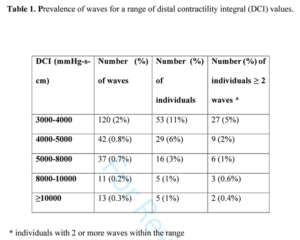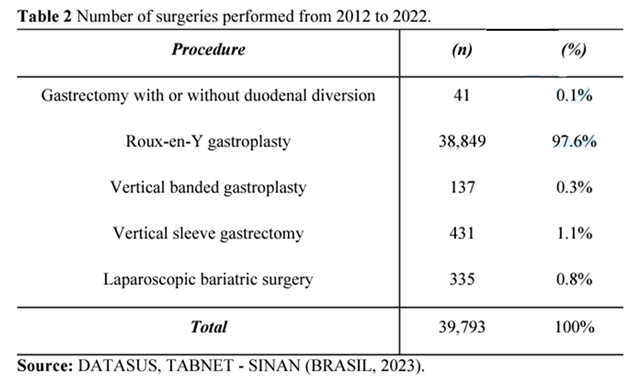HIGHLIGHTS
- The current definition for hypercontractile esophagus was arbitrarily set at the uppermost range in volunteers for a specific equipment.
- 4000 mmHg.cm.s sems to be a more reasonable cutoff value.
- The lack of a gold standard test or symptoms prevent a perfect definition.
ABSTRACT – Background –
The current definition for hypercontractile esophagus was arbitrarily set at the uppermost range in volunteers for a specific equipment. Objective – This study aims to critically analyze the concept of hypercontractile waves to redefine hypercontractile esophagus parameters. Methods – We reviewed 500 unselected and consecutive HRM tests (5000 waves) performed in a water -perfused system. Results – Mean distal contractility integral (DCI) was 825±1492 (0–42775) mmHg.cm.s, two standard deviations above average = 3810; 95th percentile = 2798 mmHg.cm.s. Conclusion – In healthy volunteers, two standard deviations above average is 4000 mmHg.cm.s, we thus suggest this value to define hypercontractile waves and define hypercontractile esophagus in a water-perfused HRM system.
AUTORES
Leonardo Yuri Kasputis ZANINI1, Fernando A M HERBELLA2 and Marco G PATTI3



